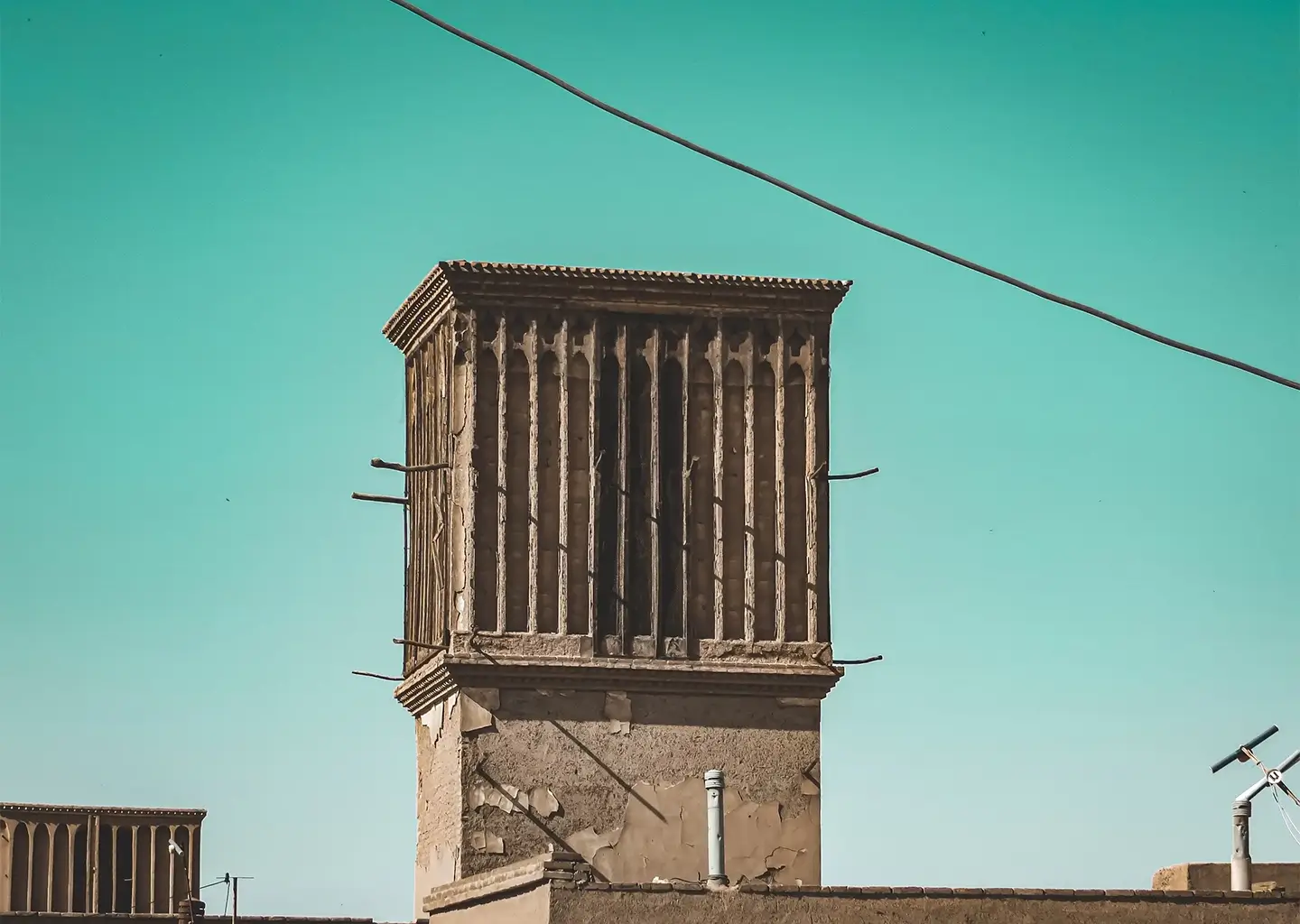Persian is an Indo-European language with ancient roots. The word Ārya was used by the ancestors of both Persians and Indians to describe their people. In ancient India, Ārya specifically referred to those who spoke Sanskrit. Around the early first millennium BCE, people who migrated to what is now Iran called themselves Ārya. Over time, their land became known as Eran and eventually Iran.
The history of the Iranian languages is divided into three main periods: Ancient, Middle, and New Iranian.
• Ancient Iranian:
• Middle Iranian:
• New Iranian:
Throughout history, each period had its own official and administrative language. Dari Persian became the primary court language in the Islamic era, marking the final stage of Persian’s linguistic evolution.
Before Islam, different scripts were used in Iran. However, after the Islamic conquest, Persians adopted the Arabic alphabet. To accommodate Persian sounds not found in Arabic, four new letters were added: پ (p), چ (ch), گ (g), and ژ (zh).
Source: Natel Khanlari, Parviz. History of the Persian Language. Tehran: Simorgh Publishing, Fifth Edition, 1995.

